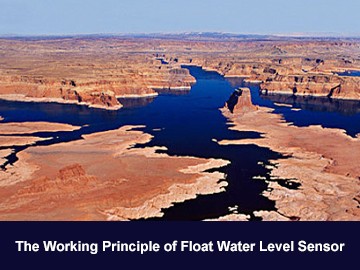The Working Principle of Float Water Level Sensor
There are so many people starting use the float water level sensor to achieve level measurement. But as a new type of industrial measuring equipment, most people are puzzled by how it works. Compared with the submersible water level sensor, it has a clear physics knowledge theory and strict buoyancy calibration.
The Working Principle of Float Water Level Sensor
The float water level sensor is based on the principle of displacement measurement. The displacement cylinder suspended on the measuring spring is immersed in the liquid to be tested, and is subjected to upward buoyancy by Archimedes. The force is proportional to the mass of the discharged liquid. When the pontoon immersed in the liquid is subjected to the downward gravity of the float level sensor, the combination of upward buoyancy and spring force, when the three forces reach equilibrium, the pontoon is stationary at a certain position. When the liquid level changes, the buoyancy of the pontoon changes accordingly, and the equilibrium state is broken, causing the elastic force change, that is, the expansion and contraction of the spring, to achieve a new balance. Therefore, the expansion and contraction of the spring causes displacement of the rigidly connected magnetic steel. Finally, according to the level of the liquid level, the immersion depth of the cylinder is different, the buoyancy changes, and the measuring spring will be extended accordingly to achieve the measurement result.
The operating principle of the float water level sensor is complicated. In the daily operation, we need to solve other faults according to its working principle.






